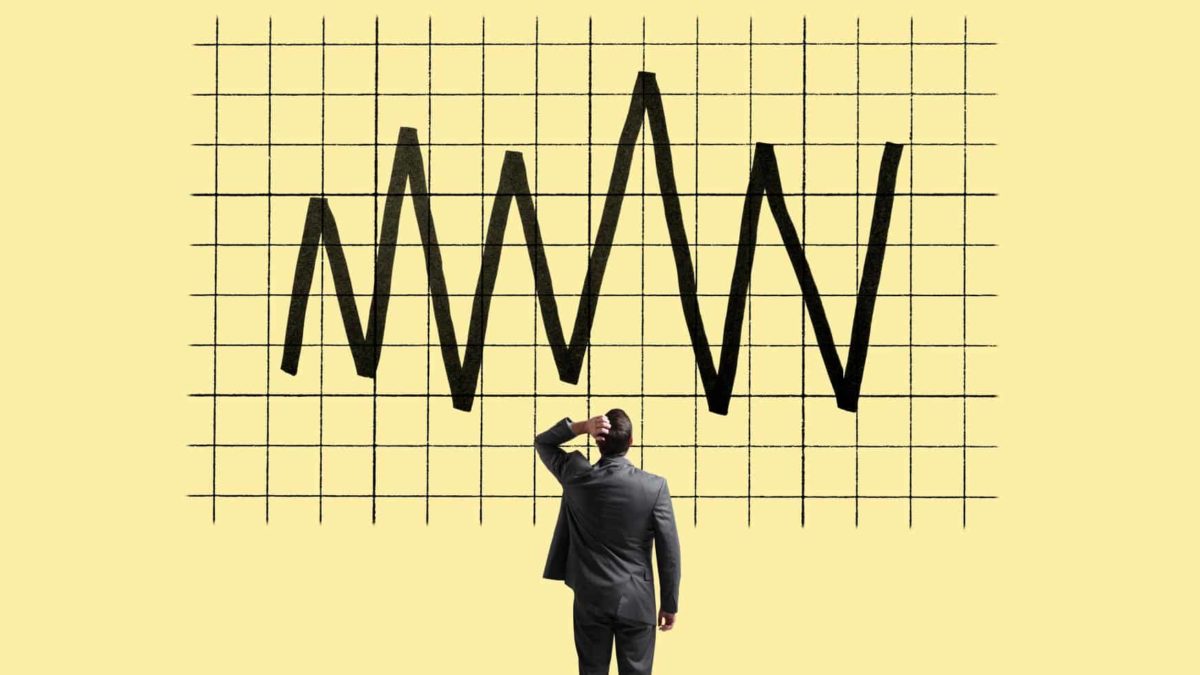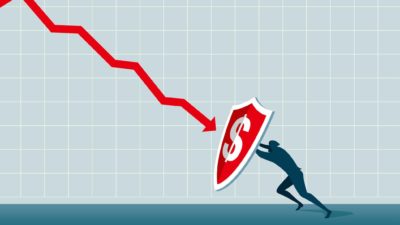Almost everyone who has ever invested in the share market and in ASX shares knows that the markets can be volatile. And those that don’t… well it’s only a matter of time.
Volatility is one of the key reasons that people avoid the share market. After all, no one likes giving up control over the prices of the investments they make. And seeing the value of your hard-earned cash evaporate in a market correction or stock market crash is a harrowing experience indeed.
In fact, a 2023 survey by EY showed that 64% of those surveyed believed that market volatility detracted from their “financial preparedness”
Volatility may wax and wane on the share market. But it is always lurking in the background, an unavoidable force of financial nature. Just take a look at the performance of the S&P/ASX 200 Index (ASX: XJO) over the past ten years below:
You’ll see plenty of times where ASX shares sailed a calm sea. But you’ll also observe storms and squalls where the markets went haywire – the most obvious being the COVID crash of 2020.
So what should investors do when shares are going through a bout of volatility?
How to invest in shares in the face of volatility
Well, there are two ways to handle this part of investing. Both rely on looking inwards and determining what kind of investor you are or perhaps want to be.
Some people are just not cut out for the emotional toll that investing volatility burdens us with. That’s fine, it is certainly not for everyone. If this is the case, you can still invest. In this case, a strategy of blindly investing in passive, bottom-drawer investments might be the way to go.
You can set up a system where you automatically invest, say, $200 every month into an index fund using a dollar-cost averaging strategy, and never look at it. That way, you can be sure you will be achieving the average return of the market, without the emotional burden of worrying about your shares losing value.
Many investors follow this method. And it can work wonders for someone who might not even invest otherwise.
But if you can master your emotions and become a true investor, then turning to the wisdom of Warren Buffett is a great step forward. Buffett famously adores the volatility of the share market. Here’s some of what he’s said on volatility:
The true investor welcomes volatility. A wildly fluctuating market means that irrationally low prices will periodically be attached to solid businesses. It is impossible to see how the availability of such prices can be thought of as increasing the hazards for an investor who is totally free to either ignore the market or exploit its folly…
Volatility is truly a double-edged sword. It can bring out some of the worst instincts in investors everywhere, and this emotional provocation is arguably responsible for most of the money lost on the stock market.
But if you can learn to use it to your advantage, you can most certainly take your investing to the next level.








